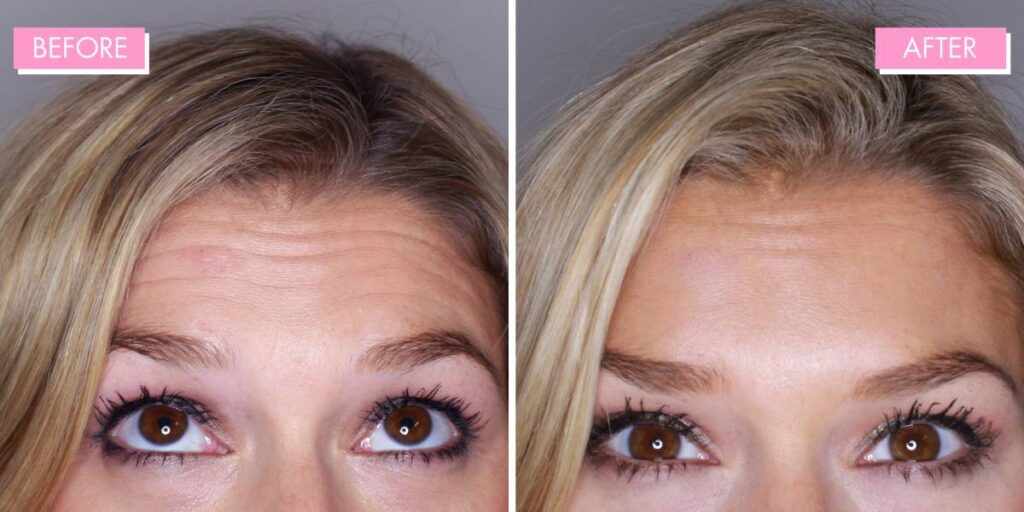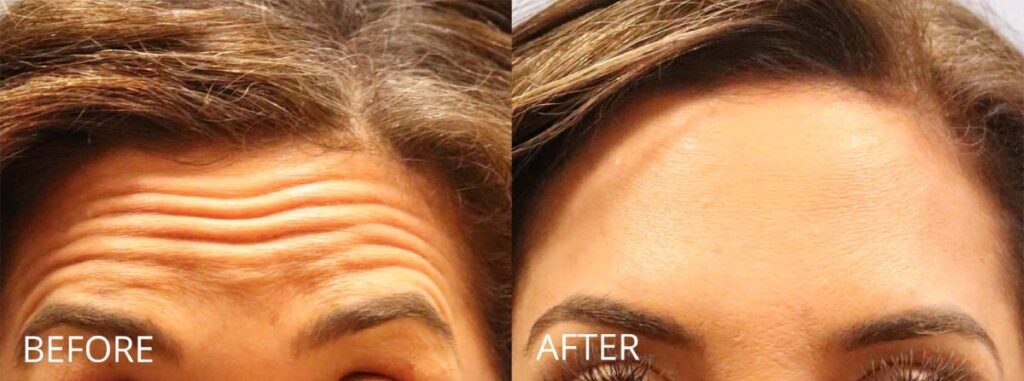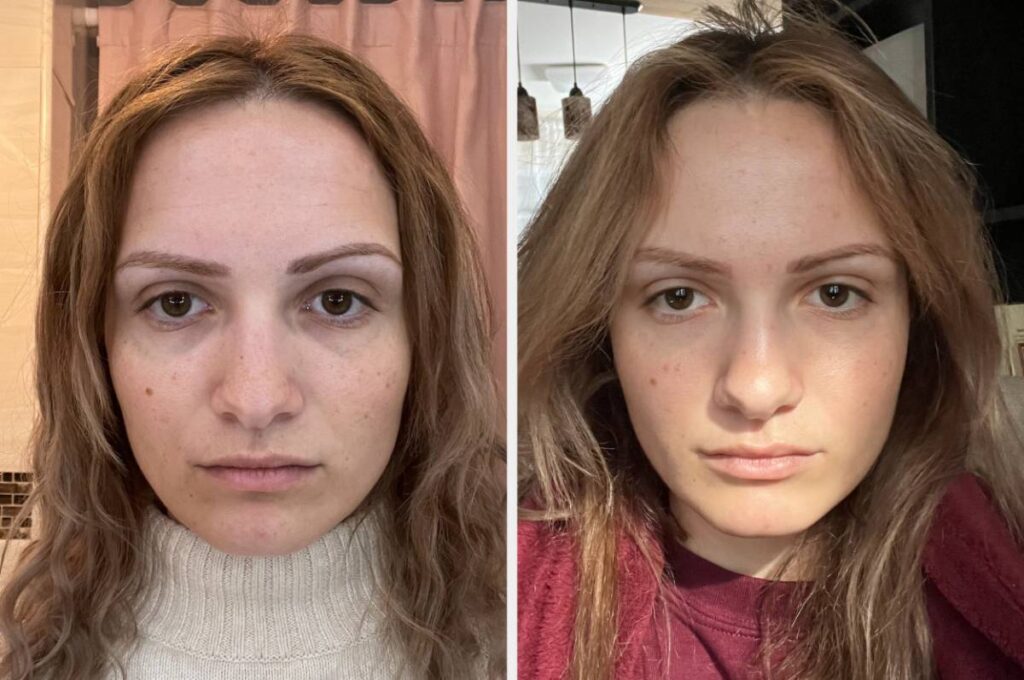Table of Contents
Introduction

Understanding Botox and Its Uses
Botox, a brand name for botulinum toxin, has become a household name due to its widespread use in cosmetic procedures. However, beyond its well-known application in reducing wrinkles and fine lines, Botox has a range of medical uses that are less commonly discussed.
From treating excessive sweating to alleviating migraines, Botox’s therapeutic potential is vast and continually expanding.
The Intersection of Botox and Health Insurance
As Botox finds its place in the medical field, a critical question arises: does health insurance cover Botox treatments?
The answer isn’t as straightforward as one might hope. It depends on various factors, including the purpose of the treatment and the specifics of an individual’s health insurance policy.
This article aims to shed light on this complex issue, providing a comprehensive guide to understanding when and how health insurance might cover Botox.
What is Botox?

The Science Behind Botox
Botox is a neurotoxic protein produced by the bacterium Clostridium botulinum. When injected in small amounts, it can block signals from the nerves to the muscles, causing the muscles to relax.
This effect is what makes Botox effective in treating a variety of conditions, from wrinkles to muscle spasms.
Common Uses of Botox
While Botox is perhaps best known for its cosmetic applications, it is also used to treat a variety of medical conditions. These include chronic migraines, excessive sweating (hyperhidrosis), certain eye disorders, and even conditions like overactive bladder and cervical dystonia (a neurological disorder causing severe neck and shoulder muscle contractions).
The Procedure: How Botox Injections are Given

Botox injections are typically administered in a doctor’s office. The procedure involves injecting small amounts of Botox into the muscles or skin using a fine needle. The number of injections needed depends on various factors, including the condition being treated and the individual’s response to the treatment.
Precautions to Take While Recovering from Botox Injection
After receiving a Botox injection, it’s important to avoid rubbing or massaging the treated area for at least 24 hours. This helps prevent the toxin from spreading to other areas. Most people can resume their normal activities immediately after the procedure.
Health Insurance and Botox

General Coverage of Botox by Health Insurance
In general, health insurance does not cover Botox if it’s used for cosmetic purposes. However, if Botox is used to treat certain medical conditions, your health insurance may cover it. This typically requires a doctor’s diagnosis and recommendation for Botox as a necessary treatment option.
Exceptions and Exclusions in Coverage
Even when Botox is used for medical purposes, coverage can vary widely depending on the specifics of your health insurance policy. Some insurers may only cover Botox treatments for certain conditions, or they may require that other treatment options be tried first. It’s crucial to check with your insurance provider to understand what is and isn’t covered under your policy.
Botox for Hyperhidrosis

Understanding Hyperhidrosis
Hyperhidrosis is a condition characterized by excessive sweating, which can be both uncomfortable and embarrassing for those who have it. Botox has been found to be an effective treatment for this condition, as it can block the nerves that activate the sweat glands.
Botox as a Treatment for Hyperhidrosis
When used to treat hyperhidrosis, Botox is typically injected into the skin in the area where excessive sweating occurs, such as the armpits, hands, or feet. The treatment can significantly reduce sweating in these areas for several months.
Does Health Insurance Cover Botox for Hyperhidrosis?
Some health insurance policies do cover Botox treatments for hyperhidrosis. However, they often require that the hyperhidrosis be severe and not adequately managed by topical treatments or medications. As always, it’s important to check with your insurance provider to understand your coverage.
Botox for Migraines

Understanding Migraines
Migraines are severe headaches that can cause intense throbbing or pulsing pain, usually on one side of the head. They can also be accompanied by nausea, vomiting, and sensitivity to light and sound. For some people, migraines can be debilitating and significantly impact their quality of life.
Botox as a Treatment for Migraines
Botox has been approved by the FDA to treat chronic migraines in adults. The treatment involves injections of Botox into specific areas of the head and neck every 12 weeks to help reduce the frequency and severity of migraines.
Does Health Insurance Cover Botox for Migraines?
Many health insurance policies do cover Botox treatments for chronic migraines. However, they typically require that the individual has been diagnosed with chronic migraines (usually defined as having a headache on 15 or more days per month) and that other treatment options have been tried without success.
Botox for TMJ

Understanding TMJ Disorders
The temporomandibular joint (TMJ) connects the jawbone to the skull. TMJ disorders can cause pain in the jaw joint and the muscles that control jaw movement. Common symptoms include pain or tenderness in the jaw, difficulty chewing, and a clicking or locking of the jaw joint.
Botox as a Treatment for TMJ Disorders
Botox can be used to treat TMJ disorders by relaxing the muscles around the jaw and reducing the tension and discomfort associated with these conditions. The treatment involves injecting Botox into the muscles that control jaw movement.
Does Health Insurance Cover Botox for TMJ?
Coverage of Botox for TMJ disorders varies widely among health insurance providers. Some may cover the treatment if other options have been tried without success, while others may not cover it at all. It’s important to check with your insurance provider to understand your coverage.
Botox for Sweating

Understanding Excessive Sweating
Excessive sweating, or hyperhidrosis, is a condition that can cause significant discomfort and embarrassment. It can occur in various parts of the body, including the armpits, hands, feet, and face.
Botox as a Treatment for Excessive Sweating
Botox can be an effective treatment for excessive sweating. By blocking the nerves that activate the sweat glands, Botox can significantly reduce sweating in the treated areas for several months.
Does Health Insurance Cover Botox for Sweating?
As with other conditions, coverage of Botox for excessive sweating depends on the specifics of your health insurance policy. Some insurers may cover the treatment if the sweating is severe and not adequately managed by other treatments. It’s important to check with your insurance provider to understand your coverage.
How to Get Insurance to Cover Botox

Checking Your Insurance Policy
The first step in determining whether your health insurance will cover Botox is to check your policy. Look for information on coverage of treatments for the specific condition you’re seeking to treat with Botox. If the information isn’t clear, contact your insurance provider for clarification.
Talking to Your Doctor
Your doctor can be a valuable resource in navigating insurance coverage for Botox. They can provide documentation of your diagnosis and treatment needs, which may be necessary for your insurance provider to approve coverage.
Providing Necessary Documentation
If your doctor recommends Botox as a necessary treatment, you may need to provide documentation to your insurance provider. This could include medical records, test results, and a letter from your doctor explaining why Botox is necessary for your condition.
Conclusion
Table of Information about “Does Health Insurance Cover Botox”:
| Topic | Details |
|---|---|
| What is Botox? | A neurotoxic protein used for cosmetic and medical purposes |
| Does health insurance cover Botox? | Coverage varies; typically not covered for cosmetic purposes, may be covered for certain medical conditions |
| Botox for Hyperhidrosis | Can be effective; coverage depends on insurance policy |
| Botox for Migraines | FDA-approved treatment; many insurance policies cover |
| Botox for TMJ | Can alleviate symptoms; coverage varies widely |
| Botox for Sweating | Can significantly reduce sweating; coverage depends on insurance policy |
| How to get insurance to cover Botox | Check policy, consult with doctor, provide necessary documentation |
The intersection of Botox and health insurance is a complex one, with coverage varying widely depending on the specifics of your insurance policy and the condition being treated. While Botox is often not covered when used for cosmetic purposes, many health insurance policies do cover Botox treatments for certain medical conditions. As always, it’s important to check with your insurance provider and consult with your doctor to understand your coverage and treatment options.
FAQs
What is Botox used for?
Botox is used for a variety of cosmetic and medical purposes. It can reduce wrinkles and fine lines, treat chronic migraines, alleviate symptoms of TMJ disorders, and manage excessive sweating, among other uses.
Is Botox safe?
Yes, when administered by a qualified healthcare professional, Botox is generally safe. However, as with any medical procedure, there are potential risks and side effects, which your doctor should discuss with you.
Does health insurance cover Botox for cosmetic purposes?
In general, health insurance does not cover Botox when it’s used for cosmetic purposes. However, coverage can vary widely depending on the specifics of your insurance policy.
How long does Botox last?
The effects of Botox typically last between three and six months. However, this can vary depending on the individual and the condition being treated.
Can Botox help with migraines?
Yes, Botox has been approved by the FDA to treat chronic migraines in adults. It can help reduce the frequency and severity of migraines.
What are the side effects of Botox?
Common side effects of Botox can include pain, swelling, or bruising at the injection site. Less common side effects can include headache, flu-like symptoms, and eye dryness or tearing.
More in Healthcare and Beauty:
- Blockchain in Healthcare: Revolutionizing Electronic Health Records
- Space Travel’s Impact on Immune System: Alarming Findings from a New Study
- National Onion Day: Unpeeling the Health Benefits of Onions
- Alexandra Daddario Eyes: What’s So Special About It?
- Monsoon Hair Care: Your Ultimate Guide to Healthy Hair This Rainy Season
- Get Rid of Armpit Fat for Good: Your Ultimate Fitness Guide!
- Caffeine in Kombucha: The Hidden Ingredient You Didn’t Know About
- Talia Jackson’s Remarkable Weight Loss Journey: A Deep Dive

